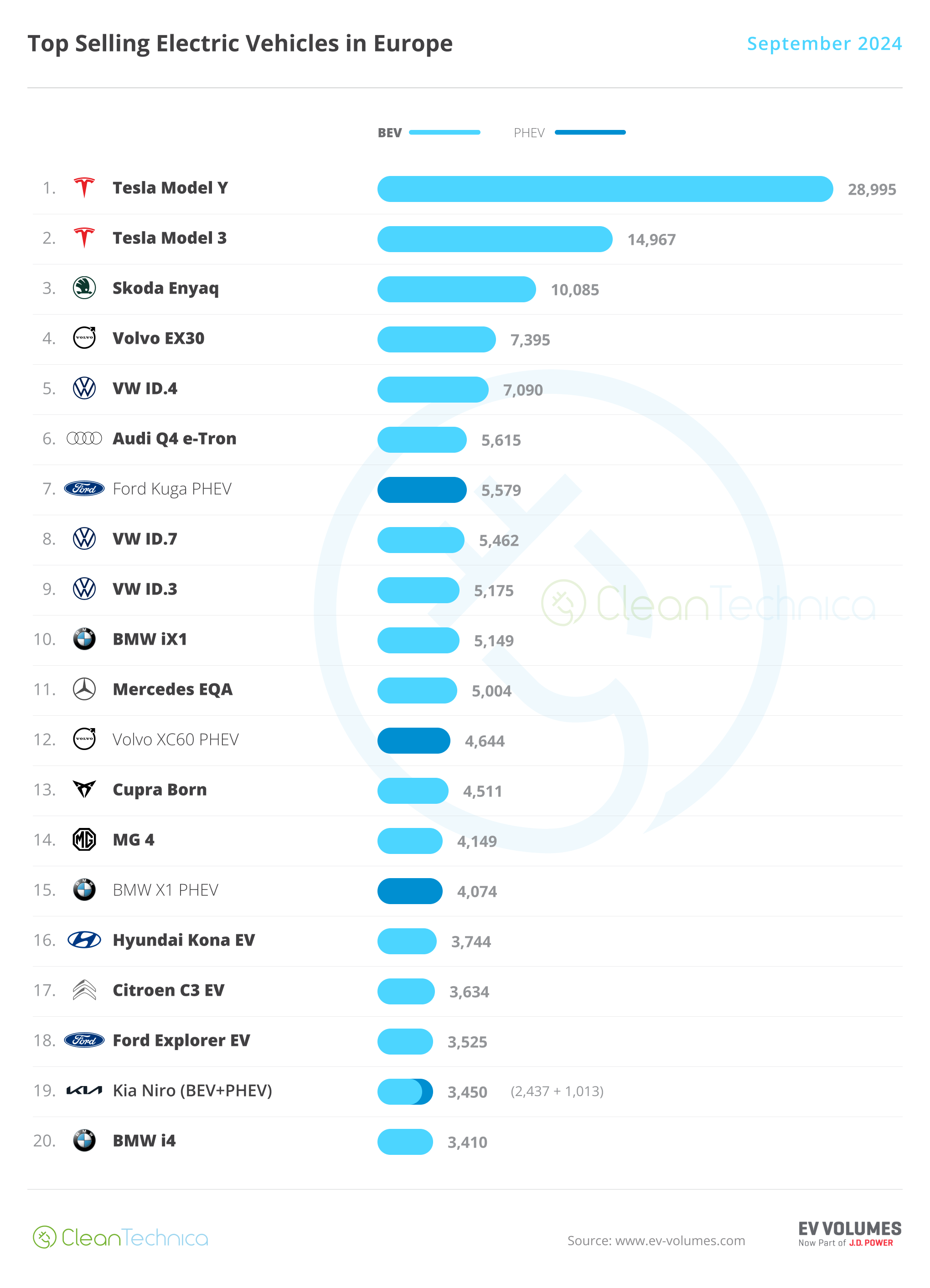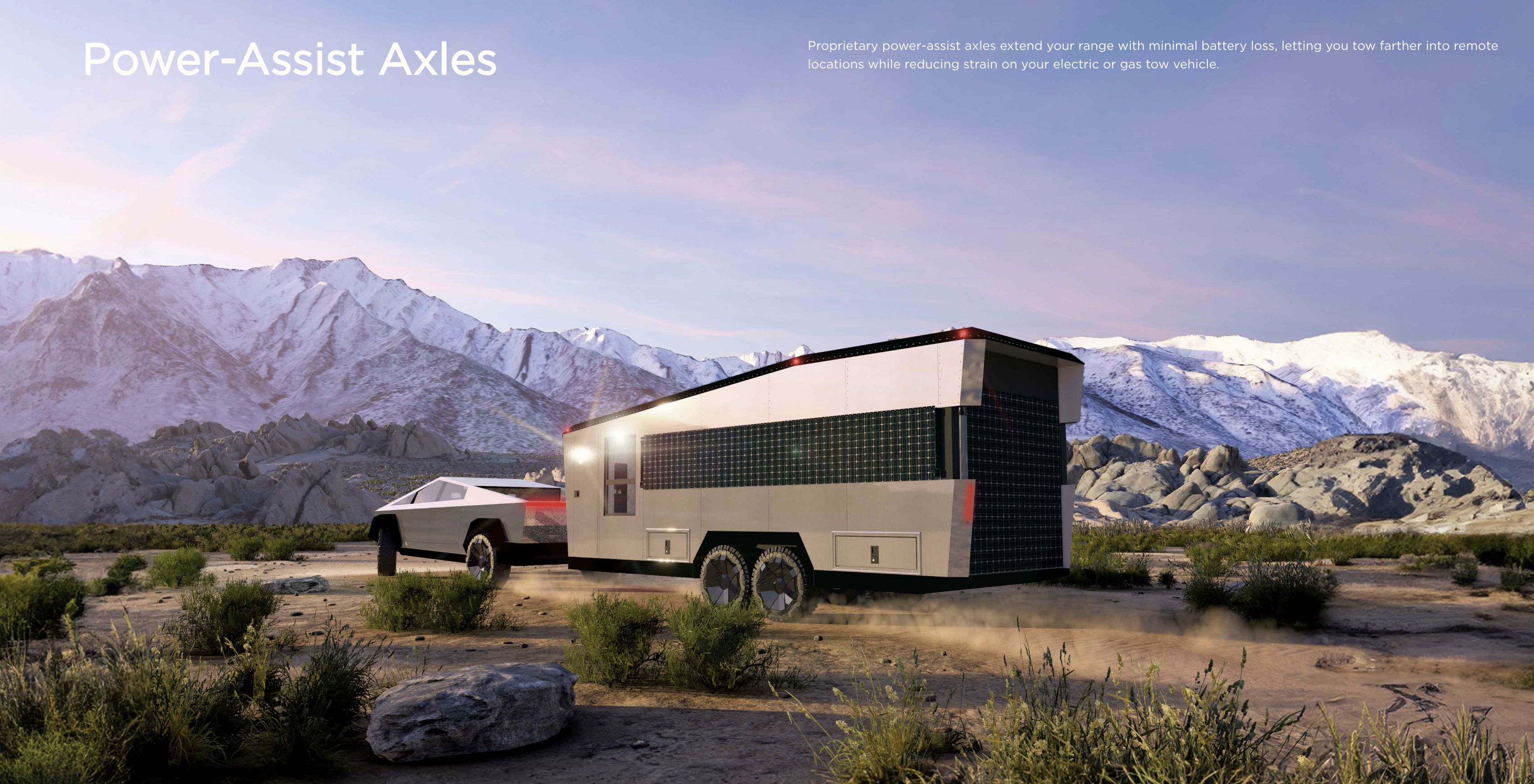Support CleanTechnica’s work through a Substack subscription or on Stripe.
China is the Queen of EVs. That much we know for certain. The advantage that Chinese automakers have — rightfully — gained over their competitors will not be an easy one to overcome. And yet, to take the fall of the centennial automobile industries of North America, Europe, and non-Chinese East Asia for granted feels to me like jumping the gun, even if the Chinese threat is unlike anything these industries have ever faced before.
(Notice that I write “Automobile Industries” instead of “Legacy Auto” because the part of the industry that will remain may well not be Legacy Auto, but incumbent local players. This I find particularly likely in North America.)
One of the perks of living in a developing country is that I get to see firsthand the battle between the established players and the incumbent Chinese brands without the distortions caused by either the hyper-competitive Chinese market (with many brands selling at a loss) or the tariff walls built to protect the local industry in North America and the EU. And since 2022, the inevitable conclusion has been that the Chinese have no peer in the EV sector … but that competition could, eventually, arise.
A year ago, I was focused on North America. The US under Biden had been aggressively promoting local battery manufacturing as well as integrated supply chains in the greater North American region, making it a very solid production hub with access to abundant resources, cheap energy, and the prowess of Mexico’s industry, which, unlike the USA’s, can hire talent at a cost even lower than their Chinese competition. Back then, I wrote that a window of opportunity could be opening for GM, as the recently announced Equinox EV was the most affordable vehicle in Latin America with a battery over 80 kWh. But I also said this:
Of course, there are many ways this may fail.
[…]
It may well be that political will towards EVs cools in the US and GM pauses its ramp-up, losing this small window of opportunity to become competitive with the Chinese brands.
Lo and behold, thanks to President Trump, battery manufacturing in the US is no longer booming, energy is getting much more expensive, and the big, beautiful supply chains through North America have been broken, perhaps irreversibly. Mexico will try to compete on its own, and perhaps will even succeed, but nowadays, most interesting things are happening on the other side of the Atlantic.
The wave of affordable EVs landing on Europe
A year ago, my optimism was limited to one company (GM) and one model (the Equinox EV). But in Europe, thanks to that pesky interference of the EU and its draconian emissions standards, the upcoming competition is not limited to one company, much less one model.
It was the Renault Twingo E-Tech that made me think about this matter. According to Latin American media, it will boast a 40 kWh battery and have a price of “under €20,000” (taxes included) which — translating into local currency — means under R$124.000 in Brazil and COP$90’000.000 in Colombia. And guess what? If you were to purchase a 38 kWh BYD Seagull in Brazil or Colombia, it would cost R$119.000 and COP$85’000.000, respectively. This means that, if imported in Latin America at the same prices as it’s sold in Europe, the Twingo E-Tech would be a very strong competitor against the BYD Seagull. And just as important, this model was allegedly developed in only two years, which is not far from the hyper-quick development that characterizes Chinese brands.
There are others. At less than €25,000, the upcoming Skoda Epiq could face the slightly larger BYD Yuan Up (€24,500), whereas the Fiat Grande Panda (apparently sold at around €23,000) could well face the BYD Dolphin at roughly the same price. I could keep going on, but it should be clear that even Stellantis (yes, that Stellantis) seems to be a capable competitor here.

And something I’m yet to report on, but that also compounds here, is that the Chevrolet Spark EUV has been a massive success, reaching the top 5 on its first month in Brazil, Uruguay, and Colombia, and becoming the best-selling EV in the (admittedly minuscule) Argentinian market. The Spark EUV stands roughly at the price of the BYD Dolphin, yet remains more expensive than comparable competitors such as the Geely Geometry E or the JAC E30X. Its success proves that people here want EVs and are willing to pay a small premium to get one from the brands they know and love instead of having to choose an entirely new (and unknown) one. This, even if the EV in question is built in China, as is the case of the Spark EUV (which is a rebranded Baojun Yep Plus).
So, there’s no reason why the Spark EUV’s success could not be replicated by the Twingo E-Tech or the Skoda Epiq, only this time being a European made EV.
Beyond optimism, a dose of reality.
Europe’s EV industry status is quite promising, if you ask me, but please do not take me as saying Europe has caught up with China. Categorically, it has not.
Chinese EV makers rely on the most efficient battery supply chain the world has ever seen, with prices as low as $50/kWh this year (though, likely to be slightly higher on average). According to a recent report by Transport & Environment, Europe’s battery prices this year stand at almost three times that amount, and by 2030 will only reach $75/kWh, meaning we could say Europe is now 5 years behind China regarding battery costs, and perhaps even more regarding materials supply chains.

China has also entered a state of hyper-competition that the EU will simply not allow, meaning that it’s likely innovating faster and that pricing in the local market is far below export markets, so should the need arise, they can easily cut prices overseas. This also means that even if the nominal price is the same, the Chinese’s margin is higher, and European brands could be incentivized to extract the last penny out of their ICEV models instead of entering with less profitable EVs, even if that means ceding the electric market to the Chinese. You know, make a nice profit now even if the business model goes down the drain in a few years, and all that.
At last, cheap energy remains a critical input for industrial success, and Europe’s situation, though much improved since 2021, is still precarious. The region has somewhat freed itself from Russian gas dependency, but the cost has been significant, and the massive deployment of renewables (plus nuclear, if perhaps France can pull it off once again) required to forego the costly LNG has not fully materialized yet. Europe requires a massive amount of storage, of high-voltage lines to reduce curtailment, and of new solar and wind farms if it wants to get energy prices to a point where it can meaningfully compete with China. But even here, it seems that Southern Europe, thanks to abundant sun and massive solar deployment, has been able to keep energy prices under control, thus providing an industrial base not as affected by high costs.
I do not expect 2026 to be a year of strong competition from European brands, as they still need to ramp up and increase sales in local markets to abide by the EU’s emissions standards. But by 2027, they should be capable of bringing at least a fight to our shores, lest they end up ceding all initiative to the Chinese. Alternatively, they could rely on local production (as the Chinese are doing in Brazil) while importing batteries from China or purchasing local batteries from Chinese companies, something that should allow them to overcome one of their most important hurdles.
(I, for one, would love to see Renault’s plant in Colombia churning out affordable EVs).
What I do know is that European automakers, historically reliant on exports and sales in foreign markets, cannot afford to lose these to the Chinese, so they better start putting up some competition. Yet, it seems, there is still hope.
Sign up for CleanTechnica’s Weekly Substack for Zach and Scott’s in-depth analyses and high level summaries, sign up for our daily newsletter, and follow us on Google News!
Have a tip for CleanTechnica? Want to advertise? Want to suggest a guest for our CleanTech Talk podcast? Contact us here.
Sign up for our daily newsletter for 15 new cleantech stories a day. Or sign up for our weekly one on top stories of the week if daily is too frequent.
CleanTechnica uses affiliate links. See our policy here.
CleanTechnica’s Comment Policy




